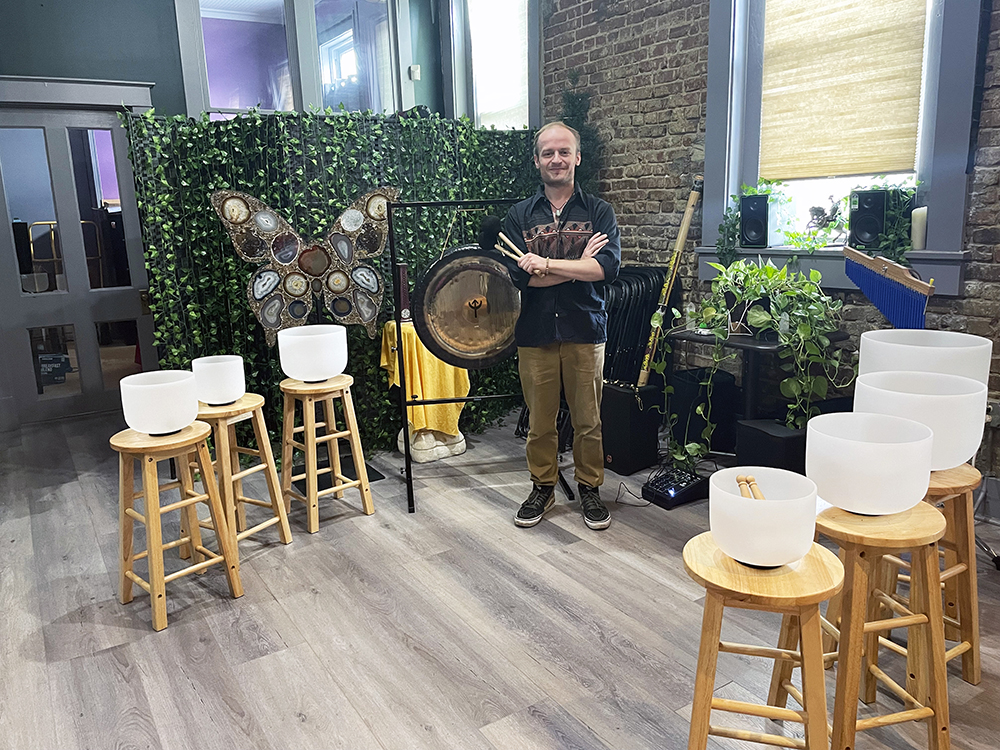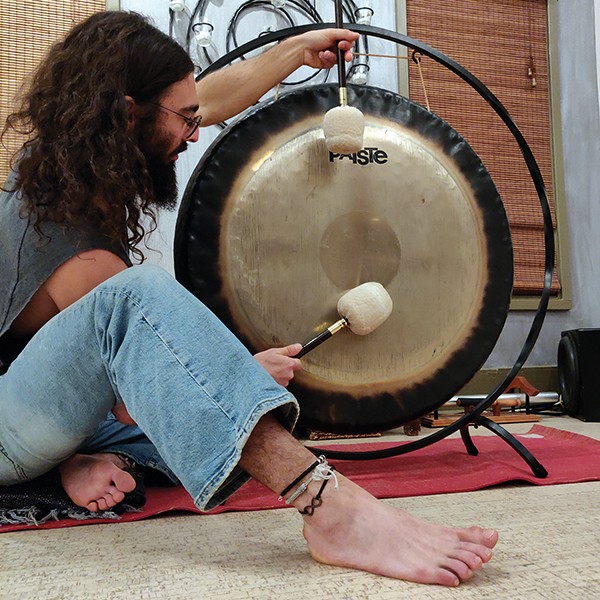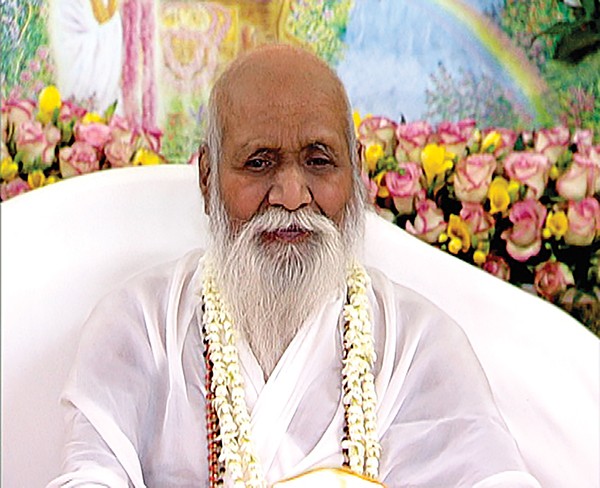January has been a rough year, huh? United States citizens, torn apart like never before, have been inundated with a ridiculous array of presidential orders and policy changes dumped on us in an absolute whirlwind of nonsense in a matter of days. An emboldened and strange billionaire troll — who’s pulling political strings even beyond our scope of understanding — is not-so-subtly showing his true colors in front of the entire world. And, still, half of the folks we share this country with can’t agree that he and the guy who promised to “Make America Great Again” have more than a couple screws loose — and do not have our best interests in mind.
Lucky for you, I know that you’ve heard enough about this. You’ve processed or are still processing — maybe dissociating? Heh. Whatever the case may be, I’d bet we’re all more than a little dazed and confused in the dust of what’s happened since Inauguration Day — and under the looming worry of what’s to come.
So one thing I’ve done in recent weeks is meditate. On a scale of 1 to 10, with 10 being an excellent meditator and 1 being the worst, I’m at zero. Maybe even -2. I am absolutely no good at quieting my anxious mind. But meditation is called “a practice,” so I’m practicing. I have some random app on my phone that had been sending me notification nudges to meditate every day for months. I, of course, ignored those notifications because who has time for that? Honestly, I ignore most of the notifications I receive. They never stop coming, and I can’t keep up. Those reminders to drink water or weigh myself today or log a journal entry— well, they’ll have to wait. At least until after I respond to a few dozen emails and contact the post office about why my package hasn’t been scanned in three weeks and call my insurance about charging me for medication that was previously covered. There’s always a big, long to-do list, right? But, if I understand all this correctly, that’s why meditation — if you can get there — is important.
There are all sorts of videos on YouTube you can access, playlists on Spotify, and probably a million other free meditation resources online. I’ve started with short, 5- or 10- minute guided meditations. It’s often frustrating because I can’t for the life of me see the meadow or the stream or the sunny sky they’re guiding me to see with my mind’s eye. There’s no staircase and no open window. And I spend an awful lot of time telling myself that I need to stop thinking. Thinking about thinking is not meditating. The point is not to think, right? Or to get past the thinking you and directly to the heart of consciousness? I really don’t know because I’ve never done it. But some people swear it does wonders for their love and appreciation of life, letting go of worry, increasing creativity, and on and on. Dive within, yes?
I guess for now, it’s good to at least put 10 minutes aside to lie with eyes closed even if I’m thinking about not thinking. I can certainly think of worse things to do and worse things to think about. And hey, meditation might be woo-woo to you. You don’t have to do it! I’m willing to try just about anything that’ll help me find some peace and purpose. Both are incredibly important, especially now when things feel so out of control. Take a 10 from the chatter and fear.
Amid the dust and the rubble, we may not be able to see the stream or the meadow or the shining sun, but they’re there, somewhere … in the stillness, beyond the dark. No matter what, don’t stop looking.



 Laura Lee Madigan
Laura Lee Madigan  Maharishi Mahesh Yogi By Global Good News via Wikimedia Commons
Maharishi Mahesh Yogi By Global Good News via Wikimedia Commons